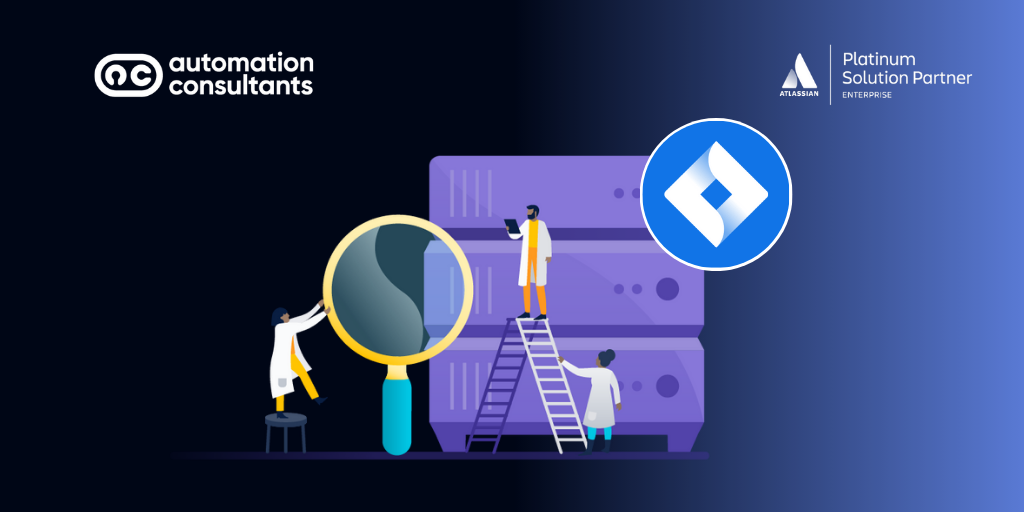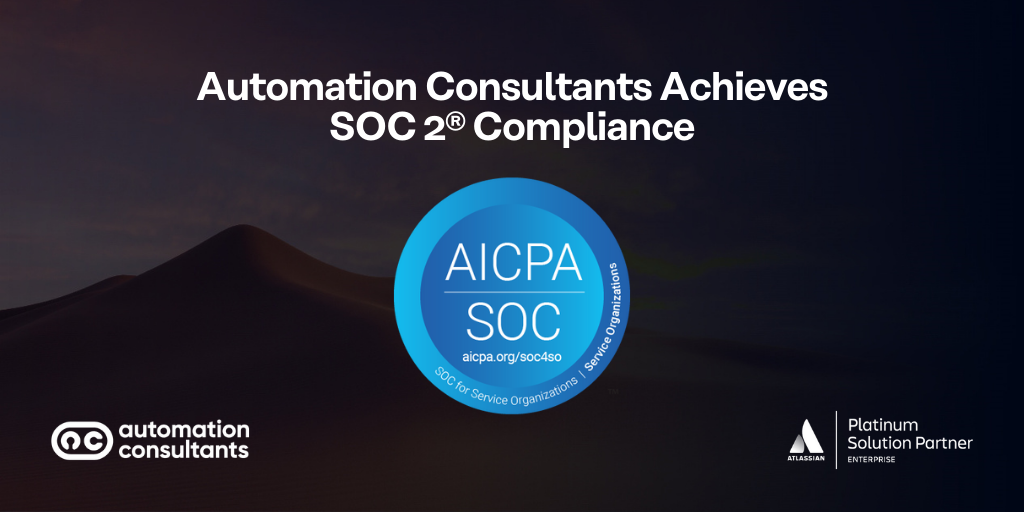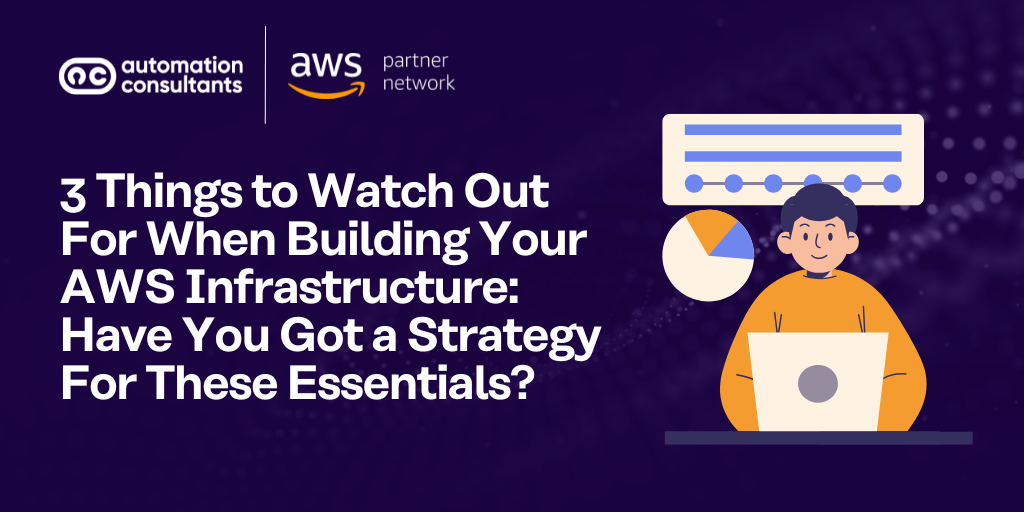This is part two of our series on best practice for managing your large Jira instance.
Previously, we looked at how to handle projects. In this instalment, we’re going to explore how to manage key areas associated with your Jira infrastructure.
Generally, large instances result in a greater volume of data, are more likely to be used globally, and will have a significantly larger user base than their medium or small counterparts. On paper, this equals increased complexity and risk.
But it doesn’t have to be this way.
By following the guidance and tips shared in this series, you can effectively maintain high levels of security, performance, and access in your own large instance.
In this piece, we’re going to be looking at:
Which hosting model are you using?
Before we focus on specific aspects of your infrastructure, it’s worth setting the scene in terms of your hosting choices.
As you’re no doubt well aware, when you self-host you are responsible for managing your own Jira infrastructure.
The guidance in this piece is designed for those organisations who are self-hosting – so running Jira on either Server or Data Center. Now that Atlassian have ended Server support (the final date was 15th February 2024), we suspect the majority of you are on Data Center.
There’s a chance your organisation could be one of a few exceptions:
Still on Server
We know that some enterprises remain on Jira Server as they are not in a position to perform a migration to Data Center.
Migrations of any kind can be a major undertaking, but large-scale ones are often particularly complex and require significant time, resource and support.
If you’ve found yourself in this situation and simply don’t know where to begin with preparing for a migration, it might be time to turn to professional consultancy support.
Dreading your Server to Data Center migration?
Our team have years of experience delivering large-scale Jira migrations. We can guide you through the end-to-end process, minimising disruption and supporting you with everything from the initial preparation through to stakeholder engagement.
Outgrowing Jira Cloud
On the other hand, you might have started off using Cloud and remain on it today.
Perhaps only a handful of teams used Jira originally and usage has now increased sharply. Or maybe you’ve experienced a period of rapid growth, whether organically or through acquisitions and mergers.
No matter the circumstances, you may find that Cloud is no longer the most appropriate hosting solution for you as an enterprise.
This could be due to changing regulations or compliance needs, which may require you to take control of your own hosting environment. There’s a cost element here too as, at a certain number of users, Cloud licences become highly expensive compared to their Data Center counterparts.
Managing your infrastructure
Whether you’ve been self-hosting for a while, or you’re considering a move from Jira Cloud to Data Center, we’re bringing you bite-sized best practice recommendations in this piece today.
Ready for expert guidance to help you manage your infrastructure as securely and effectively as possible? Read on.
Large Jira infrastructure top tips
We’re going to focus on three crucial elements in this section – beginning with your Virtual Machine.
Virtual Machine (VM)
It’s important to allocate sufficient RAM (random access memory or, in other words, simply memory) for your Jira instance.
To ensure you get this allocation right, it’s wise to monitor your RAM so you can identify how much space the application is using. This will also show you how the memory is being used and how much resource it needs to run correctly.
Combined, these insights mean you’ll be able to identify an appropriate memory allocation with greater accuracy and confidence.
Monitoring your RAM also enables you to anticipate future requirements. If your organisation grows, you’ll be able to see the impact that increased usage and items have on the amount of memory your Jira subsequently uses.
Monitoring tools
Azure Monitor and AWS CloudWatch are both monitoring tools that help with tracking trends and receiving alerts.
For example, you can set up alerts when the Jira server’s RAM usage reaches a critical level of 90% or above. If this alert is triggered frequently, you may want to consider increasing the resources allocated to the Jira server.
We’ve also worked with popular tools like New Relic or Grafana. These can be manually installed on a server, but do require more technical knowledge to set up and maintain.
Network monitoring
The best way to manage infrastructure for a large instance like yours is by using monitoring tools. From tracking latency across different countries, to preparing for growth, monitoring equips you with invaluable patterns and insights.
If your infrastructure is hosted in AWS or Azure, you should be able to make use of the monitoring tools provided to set up alarms to alert you of any issues. You can then respond swiftly.
Latency on a large scale
If you’re a global organisation, it’s likely you have users accessing Jira from multiple different countries.
As such, it may be useful to monitor usage and latency rates. Can you identify any significant differences in latency between different country-based users?
If loading speeds are sluggish, it could be because your networking is slow.
If this is the case, you’ll first need to identify the root cause. You can then bring in tools such as CDN or faster loading speed tools, which may help to improve the issue.
Anticipating user growth
If you’re a growing organisation, it’s worth future-proofing again here.
Ask yourself how you might be able to prepare for an increase in your user base, especially if it’s going to be international. What kind of networking issues could new users face, and how can you address them pre-emptively and improve access for all your users?
For example, it is essential to ensure that the server hosting Jira has sufficient resources (such as RAM and vCPUs) to handle the traffic of an increasing user base.
Enhancing security
It’s a good idea to embed a process whereby you can switch from public access to private, using a VPN, when required.
This could be as simple as offering company-wide access vs. internal access. If your security team raises any concerns about suspicious usage, you can instantly switch to private access to ensure your instance and users remain protected.
Even if you have a robust IT team, managing all aspects of your infrastructure in-house can be a significant drain on your resources.
If this is the case for you, why not explore outsourcing? Here at AC, our team can take care of some of your challenges or needs. Let’s take monitoring, for example. We can implement a monitoring system to track all your performance metrics (from VM and database metrics, to Jira JVM metrics).
If this would take a weight off your teams’ minds (and to-do lists), talk to us today.
Back-ups and recovery
Depending on your hosting provider, there should be two things to consider here.
The first is the physical and environmental security of your hosting provider’s Data Center. You should already be clear on the security, back-up and recovery measures they have in place to protect this.
The second is the scope of your internal security measures. Again, as a large enterprise, you’d expect to have clear guidelines and regulatory requirements with which you need to comply.
However, if you’ve experienced a period of rapid growth, there’s a chance your policies and procedures won’t have scaled in line with that growth. It’s worth scheduling a regular review of your processes and policy documentation to ensure they remain fit for purpose.
In closing
Managing your large Jira instance infrastructure requires ongoing work: Continual monitoring, regular reviews and a focus on anticipating (and preventing!) future challenges.
We hope the guidance in this piece has delivered new ideas that you can take back to your team and embed in your working practices.
Alternatively, we hope they may have compelled you to reach out to an experienced partner (just like our dedicated team here at AC), to alleviate some of the burden of managing your own infrastructure, and to further strengthen and enhance your instance performance, access and security.
Read our guide to IT Service Management best practices.
If this sounds like you, please do reach out to us today for a no-obligation, informal chat.





